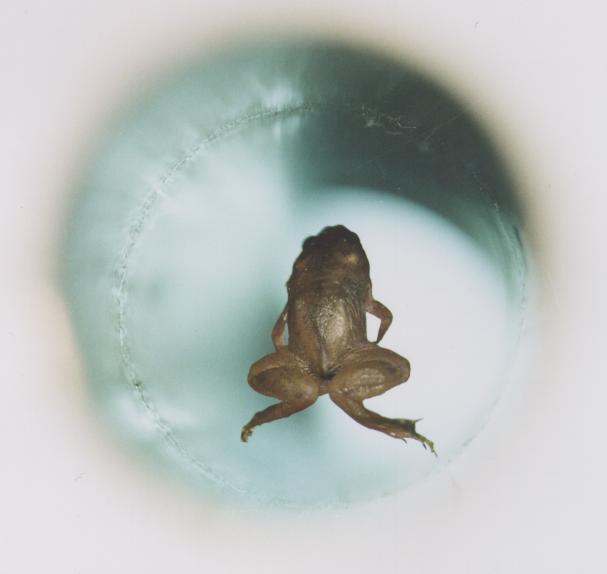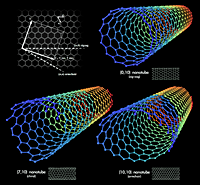 One of the unwritten rules of physics says you can’t get something for nothing; at best, you can swing a fair exchange rate between energy in and energy out. The problem is heat: Like an energy embezzler, it skims off the top of chemical reactions, physical systems and electrical circuits (which is why we can’t have perpetual motion machines).
One of the unwritten rules of physics says you can’t get something for nothing; at best, you can swing a fair exchange rate between energy in and energy out. The problem is heat: Like an energy embezzler, it skims off the top of chemical reactions, physical systems and electrical circuits (which is why we can’t have perpetual motion machines).
Superconductors don’t break the laws of thermodynamics, but they do manage to find some fairly large loopholes. Send current through a superconducting wire, and it loses no energy to resistance. Bend the wire into a loop, and it will hold charge indefinitely. Levitate it above a magnet, and the sun will devour the Earth before it will fall.
Plus, it can levitate a frog.
What is Superconductivity?
Quiz: How Super are Superconductors?


